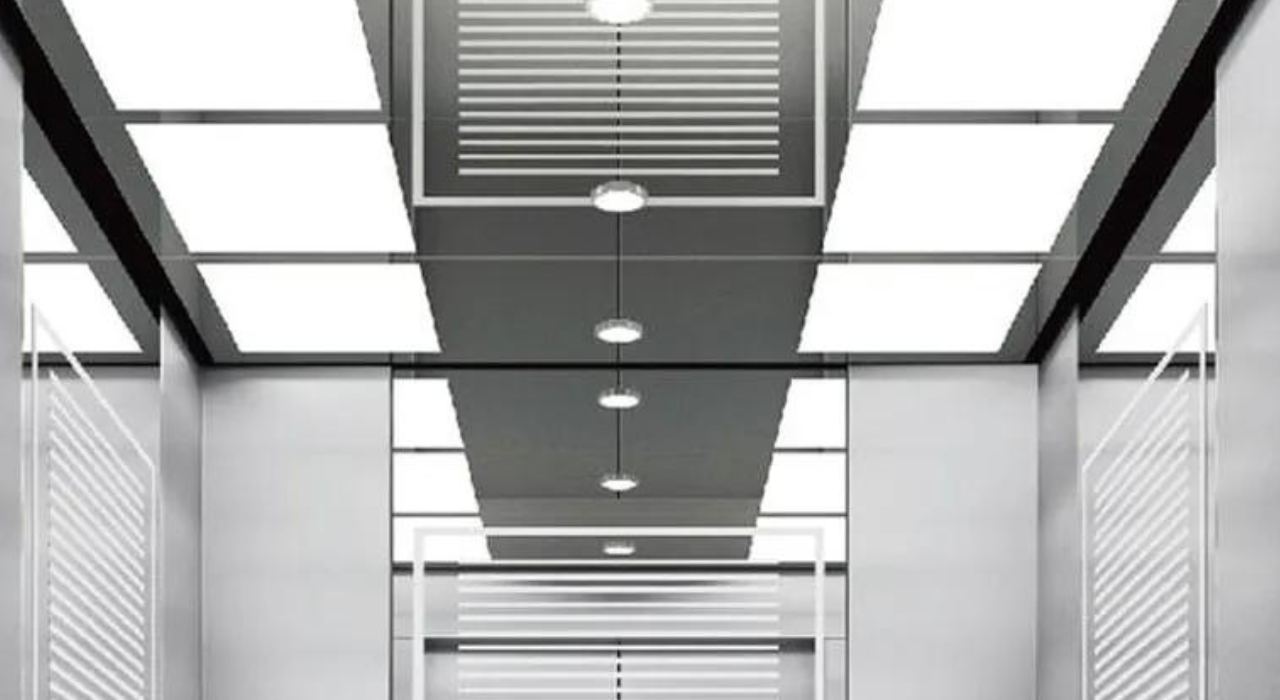Perforated metal ceiling panels are highly favored in design for their aesthetic request, functionality, and durability. However, the determination of these panels pivots altogether on their cost, which changes based on the material chosen. Metals such as aluminum, steel, stainless steel, and copper each come with distinct cost focuses impacted by variables like accessibility, creation complexity, and vitality costs.
Whereas aluminum is lightweight and cost-effective, stainless steel offers predominant solidness but comes at the next beginning cost. Variables like transportation, establishment ease, and long-term maintenance necessities also contribute to the overall cost-effectiveness of these materials.
Components Affecting Material Costs
When selecting materials for development and structural ventures, understanding the variables impacting material costs is pivotal for budgeting and decision-making. A few components influence the ultimate cost of metals utilized in applications such as perforated ceiling panels metal. These variables incorporate showcase request and supply, vitality costs, handling and creation, transportation and establishment, and maintenance and life span.
Worldwide Financial Conditions
The worldwide economy plays a noteworthy part in deciding metal costs. Financial development or retreat can affect the demand for development materials, including metals. For occasion, amid periods of financial extension, there are frequently expanded development actions, driving higher requests for metals and, thus, higher costs. On the other hand, amid financial downturns, the request may diminish, driving lower costs.
Raw Material Accessibility
The accessibility of raw materials moreover impacts costs. Metals like copper, aluminum, and steel are extricated from characteristic assets. If these assets end up rare due to over-extraction, geopolitical issues, or natural directions, the costs of these metals can increase. On the other hand, inexhaustible accessibility can lead to lower costs.
Market Demand
Market requests for particular metals can vary based on mechanical progressions, industry needs, and shopper inclinations. For illustration, the developing request for feasible and green building materials has expanded the notoriety and fetching of metals that are recyclable and ecologically neighborly.
Extraction and Refining
The method of extricating and refining metals is energy-intensive. The fetching of vitality, whether from fossil power, power, or renewable sources, straightforwardly influences the cost of the ultimate item. Higher vitality costs can lead to higher costs for metals due to expanded generation costs.
Manufacture Forms
Vitality is additionally required for the manufacture of forms, counting cutting, forming, and perforating metal sheets. If vitality costs rise, the by and large cost of fabricating punctured metal ceiling panels will also increase. Subsequently, changes in vitality costs can essentially affect material costs.
Manufacturing Complexity
The complexity of the manufacturing preparation is a basic figure in deciding the cost of metal materials. Metals that require intricate aperture designs, point-by-point wrapping up, or specialized medicines can be more costly to deliver. Progressed advances and gifted labor required for these forms include the general fetched.
Quality and Accuracy
High-quality materials that require exact manufacturing will ordinarily be more costly. For case, stainless steel boards with exact apertures for a particular plan or utilitarian purposes will be fetched more due to the fastidious generation handle included.
Production Scale
The scale of generation can also impact costs. Mass production frequently lowers the cost per unit due to economies of scale. In any case, custom or small-batch preparations are by and large more costly since they don't advantage of these economies.
Material Weight
The weight of the metal influences transportation costs. Heavier metals like steel require more vitality and assets to transport, expanding costs. In differentiation, lighter metals such as aluminum are cheaper to transport, making them a more cost-effective choice for huge ventures.
Ease of Dealing with
Materials that are easier to handle and introduce can decrease labor costs. Metals that are lightweight, adaptable, or come in measured shapes are ordinarily less demanding to work with, lowering general establishment costs. For case, aluminum boards are simpler to handle and introduce compared to heavier metals like steel, coming about in cost on reserve funds.
Natural Affect
Feasible materials that minimize natural effects with higher beginning costs due to the utilization of eco-friendly generation strategies and materials. Be that as it may, these materials can offer long-term savings through diminished vitality utilization, lower support needs, and potential charge motivating forces for utilizing green building materials.
Conclusion
Understanding the variables that impact material costs is basic for making informed choices in development and structural projects. Advertise request and supply, vitality costs, handling and creation complexities, transportation and installation coordination, and support and life span all play pivotal roles in deciding the ultimate fetched of metal materials.


